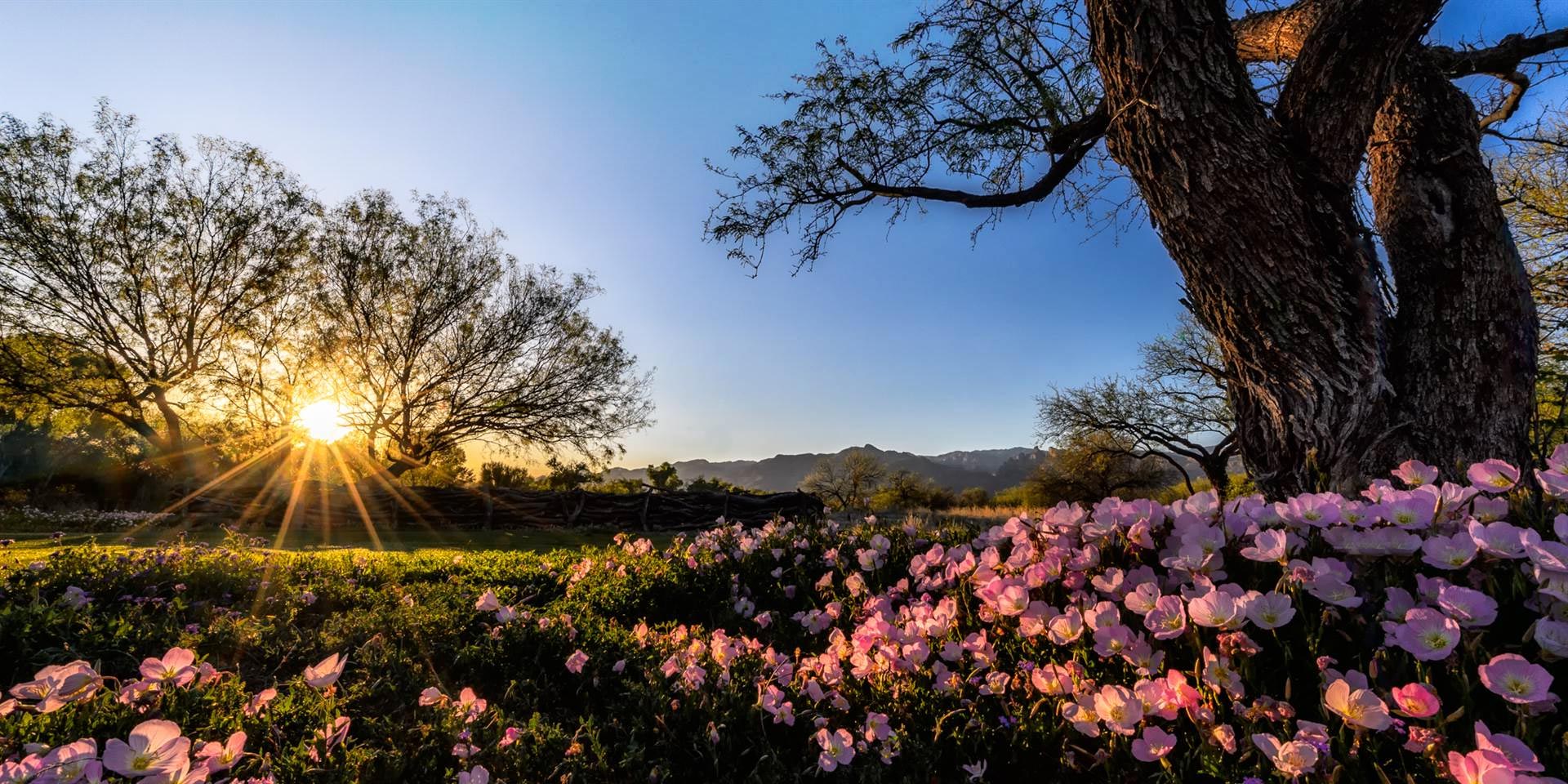ASK CARIANNE – Mistletoe management in desert trees is controversial for homeowners.
Posted Jun 23, 2021
I am on the Landscape Committee for my HOA (Homeowner’s Association), and every year the topic of what to do about mistletoe in our desert trees comes up. It is quite controversial! Can you help me understand why mistletoe is important for wildlife?
Thanks,
Justin
Dear Justin,
I work with HOAs and residential clients regularly, and this is one of the most common questions I get! My
clients are often shocked when my advice is that they should consider doing nothing! Let me explain…

Desert mistletoe (Phoradendron californica) is a native parasitic plant that is spread from tree to tree by birds who relish the berries. Although the term “parasite” may sound scary, mistletoe is a part of the natural ecosystem. Healthy trees can withstand mistletoe in their branches. Heavy infestations may occur when trees are stressed or already weakened, but the mistletoe is not generally the root cause of decline. Cutting mistletoe off the tree does not remove the mistletoe’s roots (called haustoria) that are growing in the mesquite’s xylem, and it will usually grow back. Mistletoe berries are an important source of food for birds early in the spring, before other plants are fruiting – and it makes up a large portion of the diet of some birds, such as the phainopepla. My friend Melissa had an entire flock of Western Bluebirds visiting daily over the past few months, at least partially due to the availability of nearby mistletoe clusters. This is a species that is currently in decline in Arizona and you can actually see the digested seeds being left behind in this photo!

these birds, look closely to see their bright red eyes!
Dr. Kelsey Yule noted in a recent article for the Tortolita Alliance that, “It has repeatedly been found with experiments that in plots of land from which mistletoe has been removed have fewer other native species, such as birds and pollinators. Species that are found without mistletoe occur in lower abundance. This decrease in biodiversity can even be found for native plants, as mistletoes contribute to nutrient cycling and, thus, the health of the soil.” Read the full post here – it covers several other good points:
https://www.tortolitaalliance.com/post/desert-mistletoe

Landscape maintenance can be implemented from a variety of different perspectives, on a spectrum from “chop, blow, & go” to a more nuanced approach that comes from a space of compassion for the wild creatures that live in this special place with us. It is possible to have a beautiful landscape that supports wildlife. I recommend leaving the mistletoe in your trees, particularly in wilder open spaces, where it is a
critical resource for birds and other wildlife. Many of my clients opt to “clean up” mistletoe only in the visibly prominent areas of their yard, and recognize that it is more a matter of aesthetic preference than ecological health.
Good luck!
Carianne Campbell (www.strategichabitats.com) with input from
Melissa Geoffrion (www.greenbeeaz.com/)

